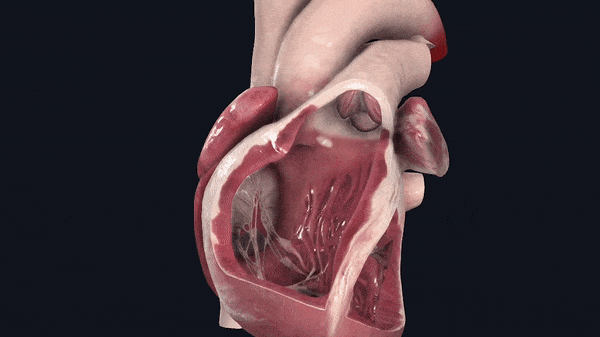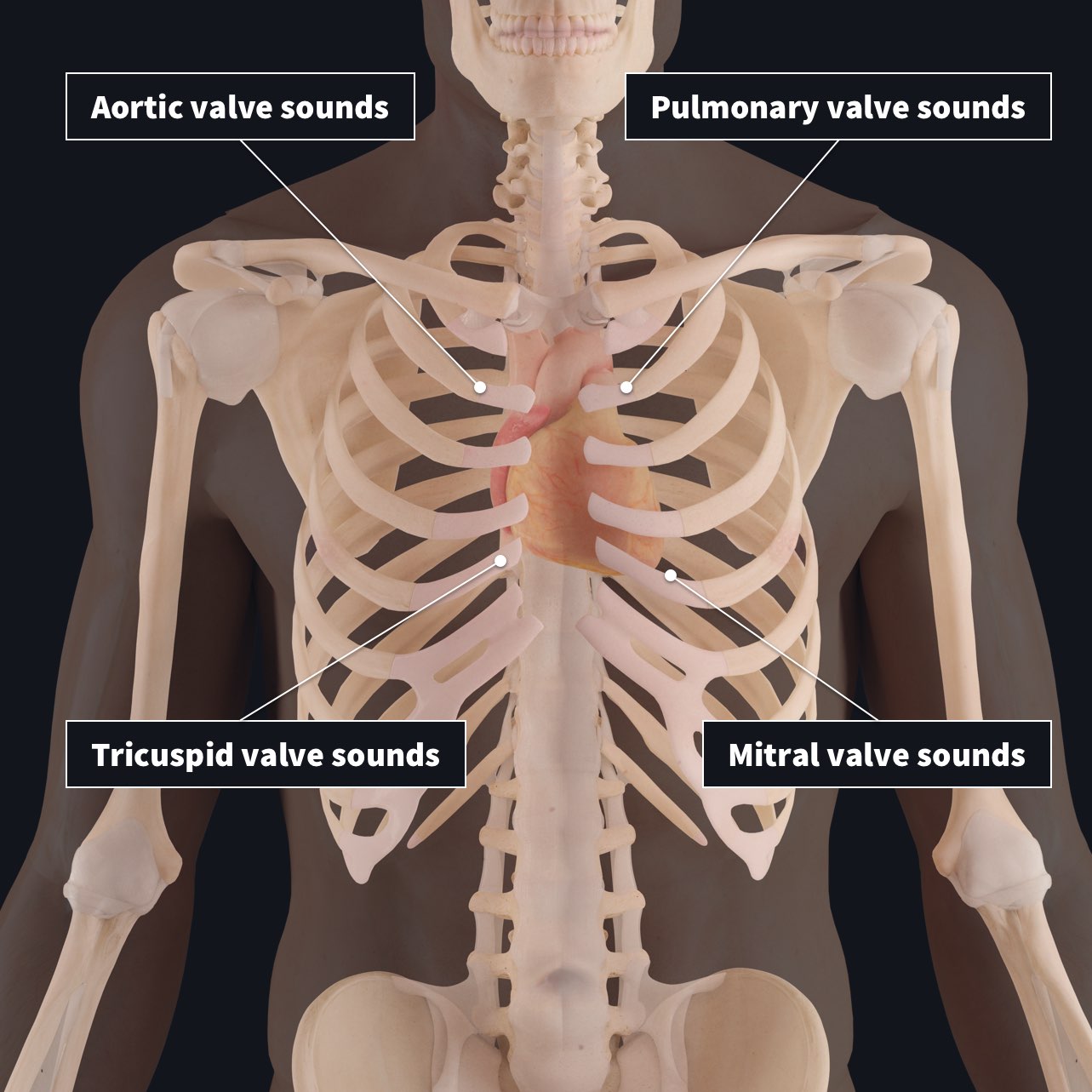
Happy Valentines Day! ?
The heart controls the movement of blood throughout the body through the use of its muscular walls to pump blood forcefully. This pump works alongside another very important set of structures, the valves, to make sure the blood is being sent the right way.
The heart is divided into four chambers where blood collects before being sent off on a journey around the body. As the heart muscle contracts, pressure in each chamber increases and blood is forced out by any possible route. It is the presence of four valves, one in each chamber, that prevent blood flowing back to where it came from ?
As pressure builds in the chambers during contraction, the valves are snapped closed very quickly, giving off the distinctive sound you hear when you listen to someone’s heartbeat! ??
Listen close enough and you can actually hear each valve individually. This is made possible through the use of a stethoscope. ? Placing it over a very specific location on the chest wall, you can actually identify the noise created by the closing of each specific valve.
Let’s now take a closer look at the points of auscultation for each valve:

On the right side:
- The aortic valve can be heard in the 2nd intercostal space along the edge of the sternum
- The tricuspid can be heard a little lower in the 5th intercostal space
And on the left side:
- The pulmonary valve can be heard opposite the aortic valve, in the 2nd intercostal space along the edge of the sternum
- The mitral valve can be heart in the 5th intercostal space a little more laterally, in the midclavicular line.
Clinically, listening to the valves can give us an appreciation of the structure and functionality of each valve. Conditions affecting the valves can prevent them from closing completely and cause a disruption to the sound, often called a heart murmur.
Experience heart-stopping realism and medical accuracy with our gross anatomy model, complete with real-time beating heart. See for yourself how 3D can turbocharge your study. Try it for FREE today.
If you found this blog post useful, you might also enjoy learning about the points of auscultation in the body.